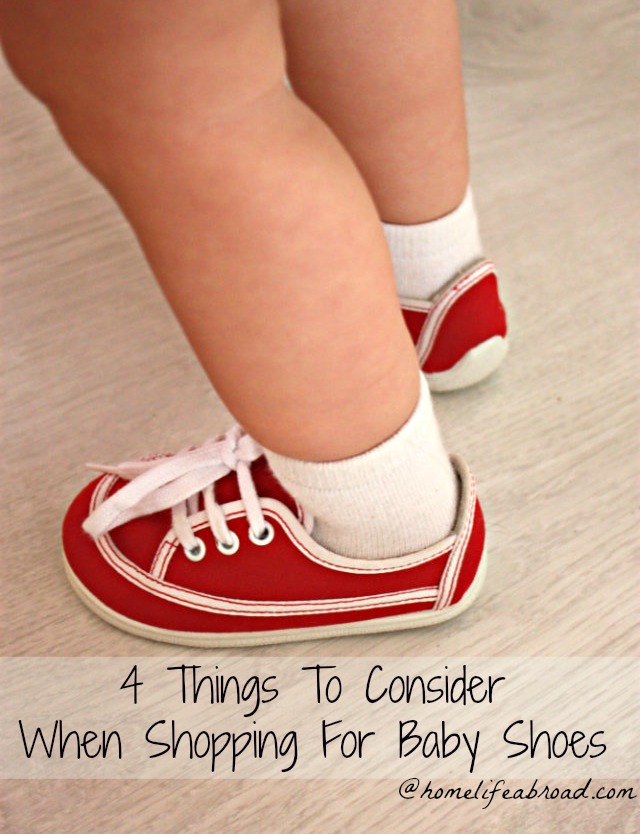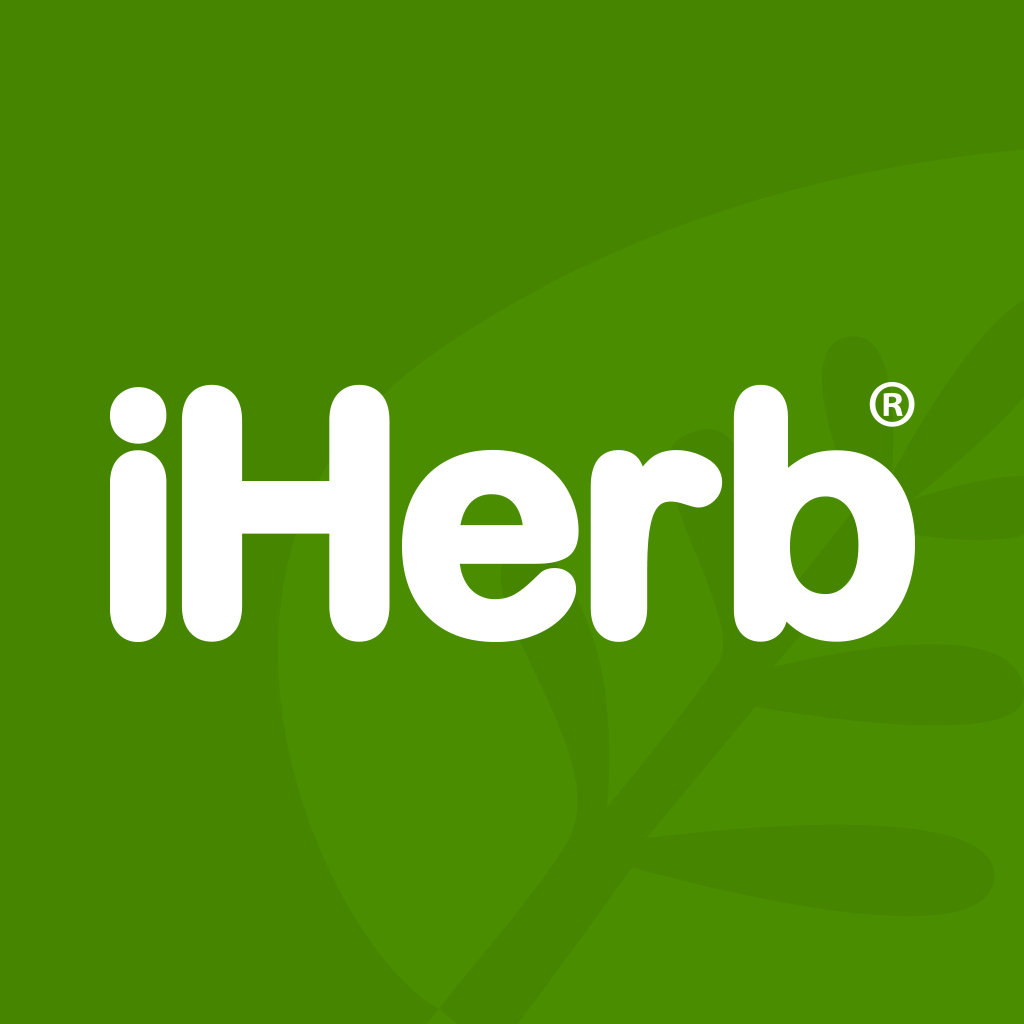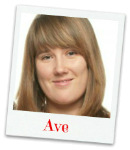Every parent is waiting for those precious first steps their child takes. To protect their tiny toes, babies need shoes. The market is full of fancy and beautiful ones for kids but it is really important not to get carried away with all those shiny options.
Your baby won’t care about designer footgear or popular brands – so pick up shoes that fit your toddler right. I know that the temptation to choose cute footwear may be difficult to avoid but it’s better to pick the shoe that is comfortable and foot-friendly.
It’s easy to stay on track when shoe shopping for your baby with a couple of easy tips.

Things to consider when shopping for baby shoes
1. MATERIAL
Did you know, that baby’s feet sweat much more than an adult’s foot? That’s why it’s necessary to invest in shoes that are washable, made out of lightweight, absorbent and breathable materials. Fabric, canvas and soft leather are perfect ingredients for baby’s shoes. These materials stretch, so this will allow a shoe to bend.
Skip those cute boots made of plastic or rubber and opt for natural materials to provide better support to your toddler’s feet.
2. SOLES
Baby’s shoes should be non-slippery. So check for shoe soles and bend them. Avoid stiff and smooth soles! Instead, favor soft, gripping and flexible ones.
Also, pay attention to the shape of the sole. In a toddler’s shoe, it should be straight. Avoid the curved ones.
Rough up slick-bottomed shoes with sandpaper for better traction!
3. FIT
One of the most important things to check when shoe shopping is the fit.
When shopping for baby shoes, there are two tests that these new shoes should pass:
The thumb test — see if you can fit your thumb in between your baby’s biggest toe and the end of the shoe (press down on it from the outside while she’s wearing it).
The pinch test — at the shoe’s widest point, you want to be able to grasp a bit of its material between your fingers.
It would be good to check monthly if the shoes still fit, as babies’ feet grow quickly. Anywhere from three weeks to a month, your baby might need a new foot gear. Normally, baby’s one foot is bigger than the other, so pick the shoe based on the bigger feet. Also, shop in the evening – babies’ feet swell during the day.
4. DESIGN
If possible, buy footwear that is easy to get on and off – elastic straps, velcro, and buckles are fast to put on and remove.
Laces are an option too, but normally you have to re-tie them a lot and it’s not the best choice with a non-cooperative kid. If you prefer laces, make sure they are long enough for double knots.
When buying shoes, also think on weather conditions. For summer pick open-toed or slip-on shoes, sandals are a great pick too. For winter lamb wool boots are a perfect choice!





yes, I normally start my baby’s off on Robeez and then move them into Stride Rite. I agree it is super important to have the right shoes. Walking is a huge milestone for them.
Haven’t heard about Robeez, have to check them out!
Very good shoe sizing tips.
These are some great tips that you have shared with us.
My kids went around in their socks a lot when they were babies but when looking for shoes I made sure they had the proper fit.
Great tips.. Shoes are the most important thing and they have to support your feet and keep them healthy.. Thanks for sharing
Great tips. I used to sell athletic sneakers for a living. Fit is so important especially for little ones.
I am glad that someone is getting the word out that proper shoes for babies/toddlers and kids is important!!
This is some very useful information. Thank you for sharing!
We have soft and washable squeaky shoes!
My Mother always insisted on having leather shoes when we were young. We may not have had many pairs but they were good ones!
I am past this stage but these are great tips for new moms!
Great tips. I know how stressful shopping for little kids shoes can be.
I’ve learned the hard way that cute doesn’t always mean practical.
Those are great tips… I think you covered it all 🙂
What great tips! Thanks so much for sharing, I am going to share this with my cousin who is expecting her first 😉
great tips!!! Shoe shopping for little ones can be tricky 🙂
Love these tips….Gonna share this with my daughter who’s expecting her first child. Thanks!
Great tips, we’ll be needing baby shoes soon!
Shoes is very important to children as it’s important for adult.
Oh my gosh YES to the easy on and off shoes. I made that mistake too much!
Fit is so hard with babies. Thanks for the tips.
These are great tips to remember! My toddler needs new shoes and these will come in handy!
I am weird, because I ever had my children wear shoes until they were able to walk. I let them wear socks and allowed their toes to grip the floor. I like all the tips you gave for choosing shoes, very good advice.
I’m with Janeane, if I were to have kids, they probably wouldn’t own a pair of shoes (unless given as a gift of course) until they’re able to walk. Love all the tips you provided!
we never did “baby shoes” — we did leather soft soled shoes — socks were too slippery since we have all hardwood and the leather was a good option — my kids wore those until they were 2?? i even had soft soled winter boots for my kiddos!
These tips are so great.. also make sure that the shoe is not easy to remove by the child because we did that got her a bunch of cute sandals and they would not be on for more than 30 seconds and we had to put them back on. We finally had to go with high top with 4 velcro closures so that she could not take them off.. I love the tips these are what we go buy when buying shoes.. for our kids..
For me, it was always important to find comfortable shoes that actually stayed on their feet.
These are great tips! For our youngest son we had to keep buying flexible shoes well into toddlerhood because he had curved feet. It was important to be aware of what was uncomfortable for him!
This is a must read article especially for the first time buyers. Getting comfortable shoes for your kid should be prioritised over fashionable ones. But getting both comfort and design at the same time is an unbeatable deal.
It’s amazing how the pinch and thumb tests seem to be a universal way to check the fit of kids shoes! Great post and very helpful. Thanks…
baby shoes are so cute buy cost so much for such a small size. I am glad my daughter is out of the baby stuff shes in a size 13/1 which is a difficult size to find at a lower price [point.